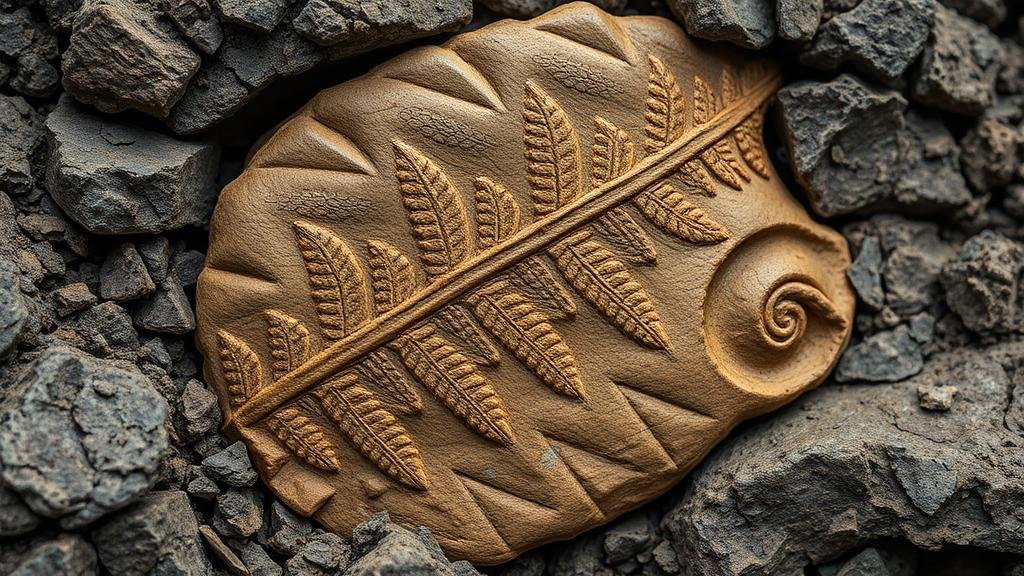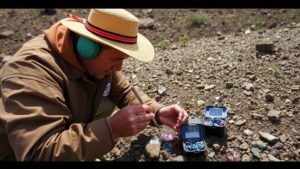Unearthing fossilized fern impressions in China’s coal-rich Shanxi Province.
Unearthing Fossilized Fern Impressions in China’s Coal-Rich Shanxi Province
The discovery of fossilized fern impressions in China’s Shanxi Province presents a treasure trove for rockhounds and mineral collectors. Known for its rich coal deposits, Shanxi not only fuels Chinas energy needs but also serves as a geological playground full of ancient plant life, offering insights into the Earth’s prehistoric ecosystems. This article explores the significance of these fossilized ferns, their geological context, and how collectors can responsibly engage with this captivating field of study.
The Geological Context of Shanxi Province
Shanxi Province is situated in North China, characterized by its limestone mountains and extensive coal reserves, primarily from the Permian and Carboniferous periods. region has yielded remarkable fossil records that date back over 300 million years. During this era, forests dominated by ferns and towering trees created the conditions necessary for coal formation.
It is estimated that the coal reserves in Shanxi exceed 200 billion tons, highlighting the provinces significant geological history. The fossilized fern impressions discovered in coal seams serve as valuable indicators of the ancient flora that thrived in warm, humid climates. impressions are primarily from the Lepidodendron and Calamites ferns, where details as fine as the veins of the leaves can be preserved.
Fossilized fern impressions provide critical information for paleobotanists and geologists. They help reconstruct the ancient environment and understand evolutionary trends in plant life. For example, studies have shown that these ferns played a substantial role in the Earth’s carbon cycle, particularly during the Carboniferous period when atmospheric carbon dioxide levels were significantly higher.
Analyses of the fossilized structures often reveal:
- Climatic conditions of the past
- Growth patterns and adaptations of ancient plants
- Interactions between different plant species
The fossil beds in Shanxi have become key research sites, prompting several significant studies that have advanced our understanding of both paleoclimate and paleoecology.
Collecting Fossilized Fern Impressions
For rockhounds and mineral collectors, collecting fossilized fern impressions in Shanxi can be both exhilarating and educational. But, it is essential to approach this activity responsibly to ensure the preservation of these valuable geological treasures.
When collecting fossil impressions, keep the following practical tips in mind:
- Research Local Regulations: Before collecting, familiarize yourself with local laws regarding fossil collection. Some areas may require permits, while others may prohibit any removal of geological materials.
- Choose Ethical Sourcing: Opt for locations where fossil collection is encouraged, such as designated fossil parks or sites where you have explicit permission to collect.
- Use Appropriate Tools: Equip yourself with tools like hand tools for collecting and brushes for cleaning the fossils without causing damage.
- Document Your Discoveries: Take detailed notes and photographs of your finds, including their location and context. This information supports scientific understanding and adds value to your collection.
Real-World Applications
The fossilized fern impressions from Shanxi not only provide aesthetic and educational value to collectors but also contribute to broader scientific disciplines. For example, these fossils can be used in:
- Academic Research: Universities and research institutions utilize fossil records to teach geological evolution and ecology.
- Museum Exhibits: Many museums feature exhibits that highlight fossilized plant life, making them accessible for public education and engagement.
- Conservation Efforts: Understanding fossil ecosystems aids in modern conservation efforts by illustrating the impact of climate change over millennia.
Conclusion
Unearthing fossilized fern impressions from Shanxi Province offers a unique perspective into the Earth’s climatic and ecological history. For rockhounds and mineral collectors, this pursuit combines the thrill of discovery with the responsibility of preservation. By following ethical practices and understanding the significance of these ancient impressions, one can truly appreciate the rich tapestry of life that once flourished millions of years ago.



